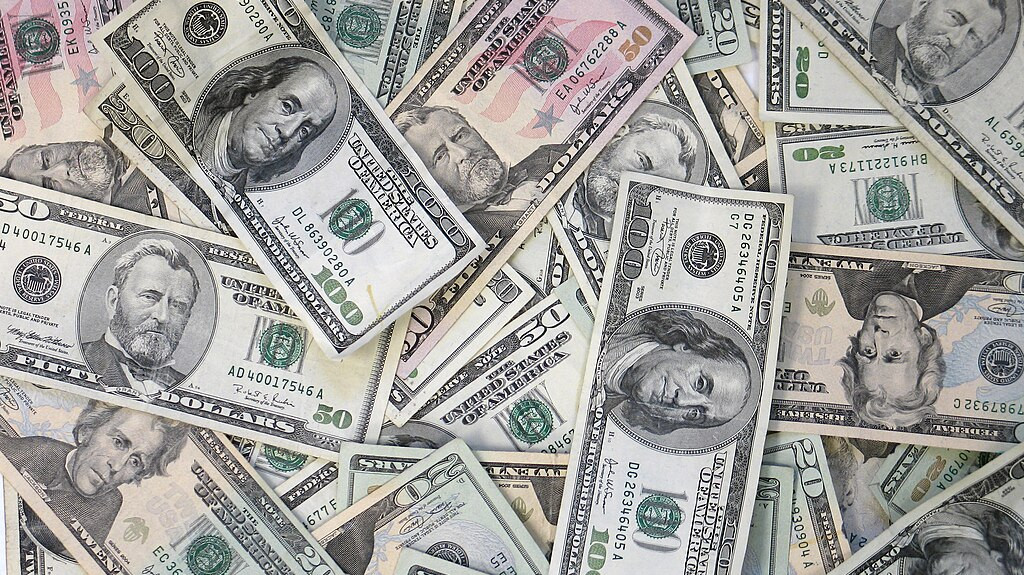The U.S. dollar traded near a four-week high against the euro on Thursday, buoyed by signs of persistent inflation in the U.S. that have tempered hopes for a significant interest rate cut by the Federal Reserve next week.
Meanwhile, the European Central Bank (ECB) is expected to announce a quarter-point rate reduction later in the day. Investors are eagerly awaiting any signals on the timing of further rate cuts, with some speculating about additional moves in October and December.
Against the yen, the dollar strengthened after a volatile session on Wednesday, which saw the U.S. currency initially drop as much as 1.24% before recovering. The early decline came after Bank of Japan board member Junko Nakagawa hinted at potential rate hikes, citing low real interest rates.
On Thursday, BOJ board member Naoki Tamura, known for his hawkish views, added that the market might be underestimating the speed of future tightening. These comments have helped stabilise the yen, which had been weakening in recent weeks.
By early Thursday, the dollar was up 0.13% at 142.55 yen, after briefly gaining 0.41%. It had dropped to 140.71 yen in the prior session following Nakagawa’s remarks but has since rebounded.
The dollar’s rise was supported by U.S. Treasury yields, which rebounded after hitting a 15-month low of 3.605% on Wednesday, climbing to 3.6665% in Asian trading on Thursday.
U.S. inflation data, released Wednesday, showed the Consumer Price Index (CPI) rising 0.2% in August, in line with July's increase. Excluding food and energy, core CPI rose by 0.3%, slightly higher than the previous month.
This has led traders to reduce the likelihood of a 50-basis point (bp) cut at the Federal Reserve’s Sept. 18 meeting, with markets now pricing in just a 15% chance of a larger cut. A 25-bp reduction remains the most likely scenario, with 104 bps of cuts still expected by the end of the year.
The euro remained flat at $1.1009, with markets pricing in a quarter-point rate cut by the ECB, following a similar move in June.
Elsewhere, the British pound slipped to $1.3038, after touching $1.30025 on Wednesday, its lowest level since August 20. The Swiss franc also saw little movement, with the dollar trading at 0.85215 francs after hitting its highest level in nearly a month on Wednesday.
